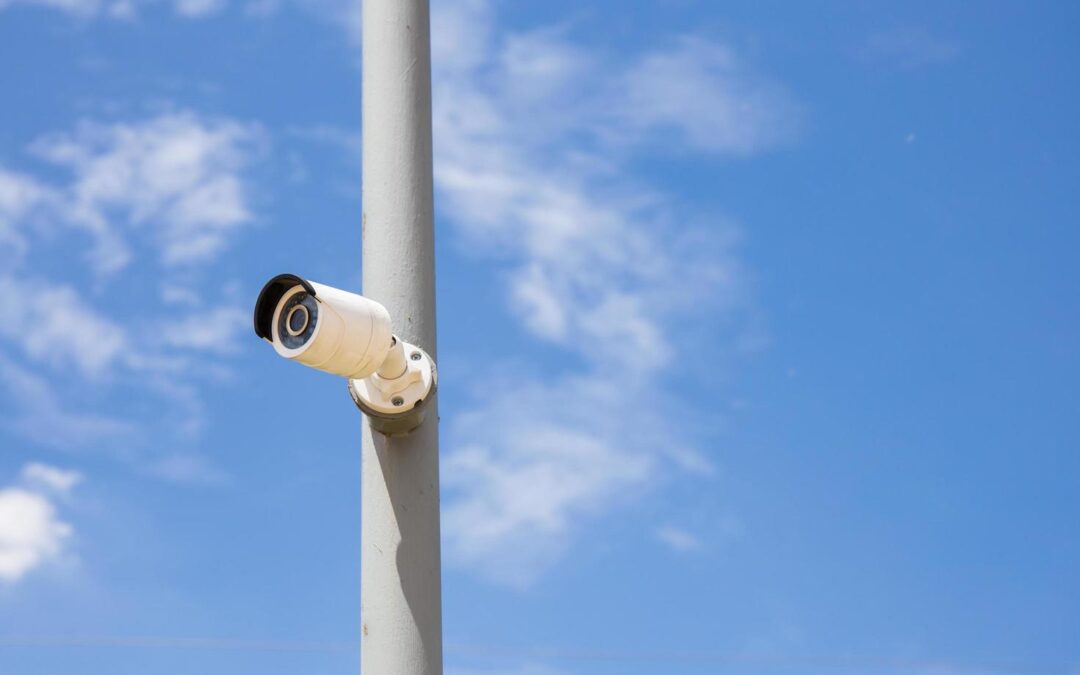When shopping for a security camera system, one of the first questions many people ask is: Do I need separate cameras for daytime and nighttime use? The short answer is no. Modern technology allows a single camera to perform well in both bright daylight and complete darkness, thanks to low-light sensors, infrared night vision, and dual-technology designs. Let’s break down how each works so you can choose the right option for your property.
How Low-Light Sensors Improve Night Performance
Low-light cameras use advanced sensors that can capture more detail in dim conditions. Instead of producing grainy or blurry footage, these sensors are designed to adjust quickly to changes in lighting. They amplify available light, such as streetlamps or porch lights, to produce a clearer image.
This makes low-light cameras ideal for areas that aren’t completely dark at night. For example, a parking lot with overhead lighting or a front porch with a motion-activated light is well covered with this type of technology. Many systems offered through our surveillance system services use these sensors to give homeowners and businesses reliable visibility even when the sun goes down.
Infrared Night Vision Cameras
Infrared (IR) cameras are the most common choice for complete darkness. Instead of relying on ambient light, they use built-in infrared LEDs to illuminate the scene in wavelengths invisible to the human eye. The result is a black-and-white video feed that captures movement and detail even when it’s pitch dark outside.
These cameras are especially useful in backyards, alleys, or warehouses where there’s no exterior lighting. For businesses that close at night, IR cameras provide peace of mind by keeping watch during non-operating hours. When combined with motion detection, they can also send alerts when activity is detected in sensitive areas.
Dual-Technology Options
Some of the most advanced cameras now combine both low-light sensors and infrared technology in one device. These dual-technology cameras automatically adjust depending on the lighting conditions:
- During the day, they capture sharp, full-color video.
- At dusk, they switch to enhanced low-light mode.
- In total darkness, they activate infrared night vision.
This flexibility makes them a great all-in-one solution for properties that experience a wide range of lighting conditions. Businesses and homeowners who want maximum coverage without buying separate equipment often turn to these options. Affordable Lock & Security Solutions provides professional installation of dual-technology cameras as part of our surveillance system solutions, ensuring you get the right fit for your space.
Which Option Is Right for You?
The right choice depends on your property’s layout and lighting:
- Homes in neighborhoods with streetlights may benefit most from low-light cameras.
- Rural or poorly lit areas often require infrared technology to capture useful footage.
- High-traffic businesses may prefer dual-technology systems for seamless coverage 24/7.
Another factor to consider is storage. Color footage often requires more data, while black-and-white IR footage is usually lighter on storage space. Choosing the right balance ensures your recordings are both clear and manageable.
You don’t need separate cameras for day and night—modern surveillance technology is designed to handle both. Low-light sensors, infrared night vision, and dual-technology systems each bring unique strengths to the table, and the best choice depends on your property’s specific needs.If you’re considering upgrading your system or starting fresh, Affordable Lock & Security Solutions can help you choose the right setup. Explore our surveillance system services to find cameras that deliver clear footage day and night, backed by expert installation and ongoing support.

